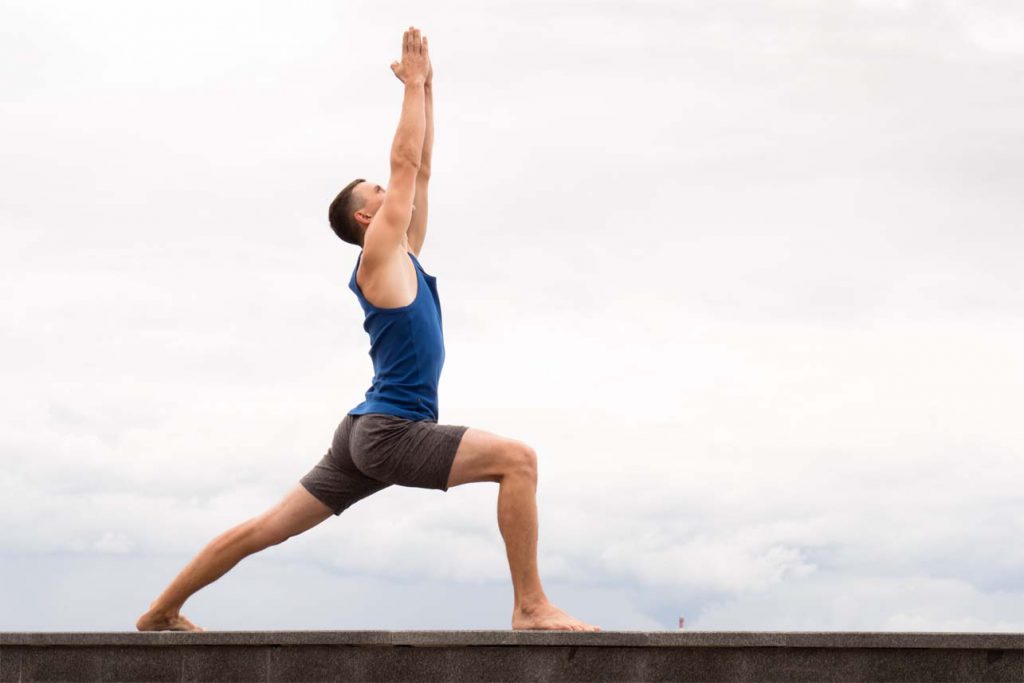If you are suffering from lumbar spondylosis, incorporating regular exercise into your daily routine can help alleviate pain and stiffness, increase mobility, and improve overall quality of life. Here are some of the top exercises that can help relieve lumbar spondylosis pain:
1. Low-impact aerobics

Low-impact aerobics, such as walking or cycling, can improve cardiovascular health, reduce inflammation, and promote weight loss, which can all contribute to easing lumbar spondylosis pain.
2. Water exercises

Exercises in water can provide a low-impact environment that helps relieve pressure on the joints, while also improving strength, flexibility, and mobility. Some examples include water walking, water aerobics, and swimming.
3. Yoga

Yoga combines stretching and relaxation with breathing techniques, making it an effective exercise for reducing stress, improving posture, and easing pain. Some recommended poses for lumbar spondylosis include the Cobra pose, the Locust pose, and the Child’s pose.
4. Pilates

Pilates is a low-impact exercise that focuses on strengthening core muscles and improving flexibility, making it an effective way to alleviate lumbar spondylosis pain. Some recommended Pilates exercises include the Roll-Up, the Spine Stretch, and the Leg Circles.
5. Stretching exercises

Stretching exercises can help improve flexibility and range of motion, which can ease lumbar spondylosis pain. Some recommended stretches include the Knee-to-Chest stretch, the Seated Forward Bend, and the Hamstring stretch.
6. Strength training

Strength training can help build muscle, which can support the spine and help alleviate lumbar spondylosis pain. Some recommended exercises include the Bird Dog, the Plank, and the Hip Bridge.
Tips for exercising with Lumbar Spondylosis
- Always consult your doctor or physical therapist before starting a new exercise routine.
- Start slow and gradually build up the intensity and duration of your exercise.
- Listen to your body and stop if you experience pain or discomfort.
- Incorporate a variety of exercises to avoid overuse and muscle imbalances.
- Always warm up before exercising and cool down afterwards to prevent injury.
By incorporating these top exercises into your daily routine and following these tips, you can relieve lumbar spondylosis pain and improve your overall quality of life.